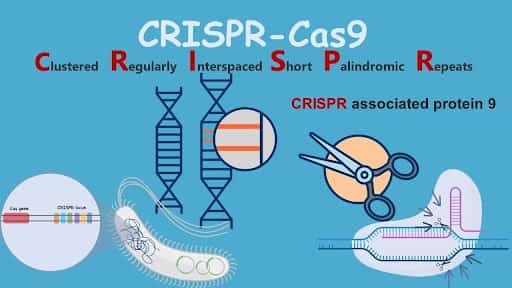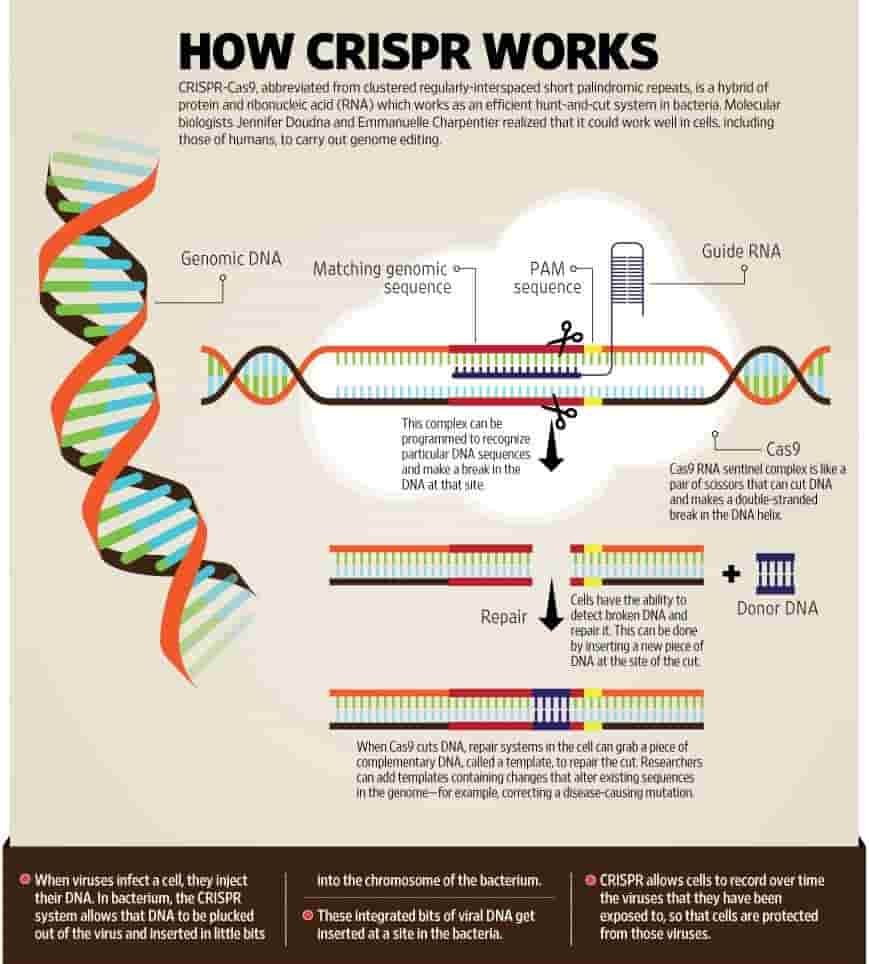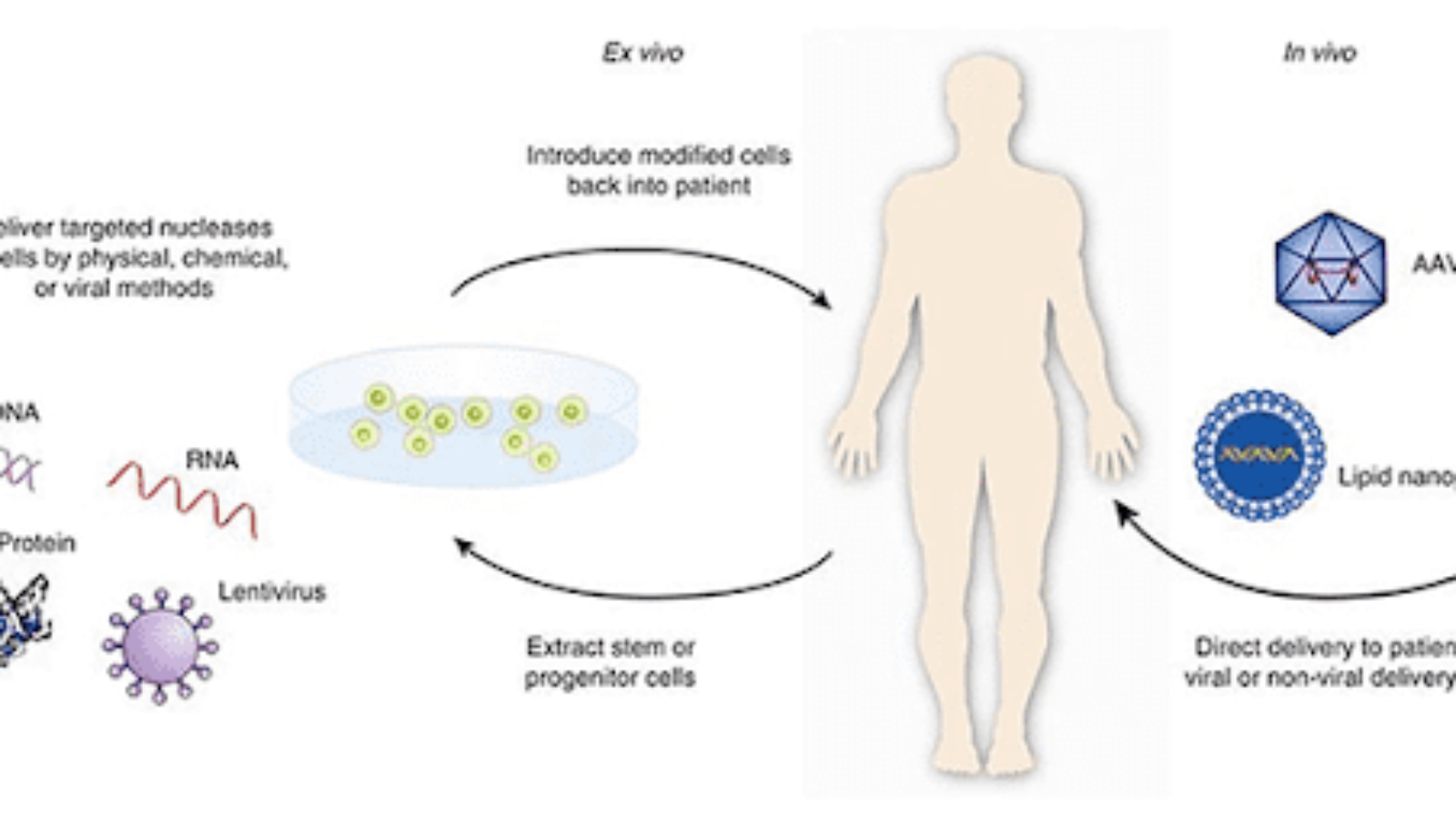
Gene therapy has been defined by Boston’s Children’s Hospital as a ‘technique used in an effort to treat or prevent disease. When a gene mutation causes a protein to be missing or faulty, gene therapy may be able to restore the normal function of that protein.’ It has been portrayed as one of the future applications in medicine. With its versatility, CRISPR has a bright future in multiple methods from turning off genes, gene editing, and modifying the amino acid sequence. But ultimately, the goal of this tool is to specifically attack the cause of genetic problems.
Although gene therapy has endless applications, the rising tool dominating the field is CRISPR. Officially began developing in 2007, Danish scientists were able to study the interactions between bacteria and viruses. As they further investigated, they were able to find that DNA fragments were being inserted into the DNA, with the original DNA being cut out. The experiment would revolutionize our perception and understanding of bacterial transmission for the next few decades.

Between the years of 2014 to 2015, scientists were successful. They employed CRISPR in mice to cure muscle dystrophy, a progressive muscle loss disorder. Currently scientists are aiming to create organs through other animals as an alternative method to eliminate the shortage of available organs. Although their success was fairly recent, their work has been revolutionary and promising in curing genetic disorders, creating artificial organs, and eliminating mutations in DNA. (whatisbiotechnology).
Why is CRISPR so important to the future of gene therapy? There remains a long list of gene therapy products ranging from plasmids, bacteria, and viral vectors. Yet, there are. According to Microbiology Notes, ‘Using modified versions of Cas9, researchers can activate gene expression instead of cutting the DNA. These techniques allow researchers to study the gene’s function.’ In addition, its precision provides it an efficient, effective advantage with target-specific nucleotides.

As our society continues to evolve, it’s vital to take steps to advance our healthcare. Although cures for cancer, preventable treatments for heart disease, and permanent treatments for diabetes are decades away, our research only pushes us into a brighter future.
Sources:
- Center for Biologics Evaluation and Research. “What Is Gene Therapy?” U.S. Food and Drug Administration, FDA, www.fda.gov/vaccines-blood-biologics/cellular-gene-therapy-products/what-gene-therapy. Accessed 27 Mar. 2024.
- “CRISPR Enables Gene Editing on an Unprecedented Scale.” WhatisBiotechnology.Org, www.whatisbiotechnology.org/index.php/science/summary/crispr. Accessed 27 Mar. 2024.
- “Gene Therapy.” Boston Children’s Hospital, www.childrenshospital.org/treatments/gene-therapy#:~:text=Gene%20therapy%20is%20a%20technique,normal%20function%20of%20that%20protein. Accessed 24 Mar. 2024.
- Kumar, Vivek. “CRISPR-Cas9 Gene Editing Tool: Introduction, Principles, Uses & Applications.” Microbiology Notes, 20 Mar. 2021, microbiologynotes.org/crispr-cas9-gene-editing-tool-introduction-principles-uses-applications/.
- Figure 1, Source: FDA


Add a Comment